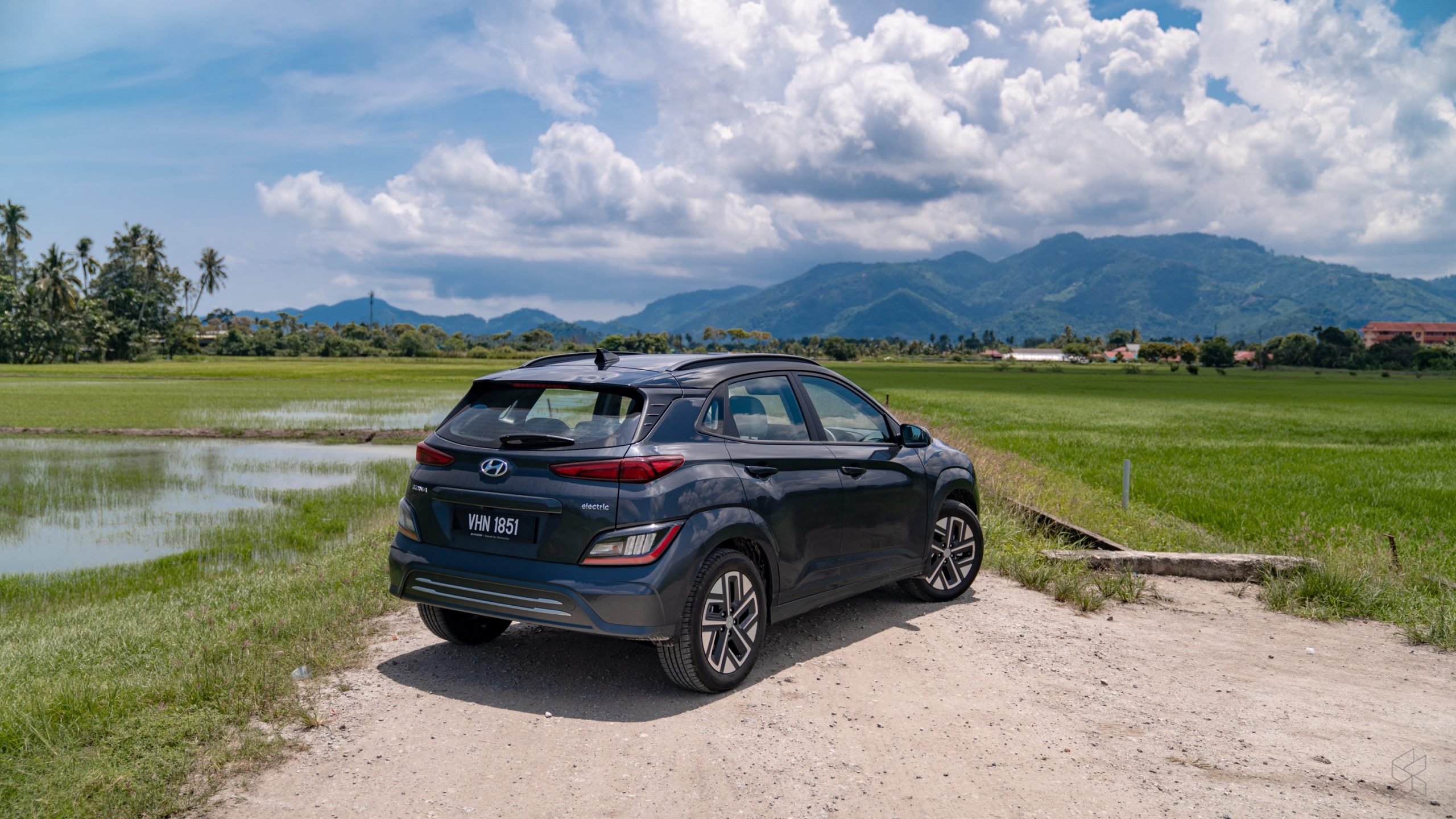Electricity.
I keep hearing that it’s the future of personal mobility. But, despite being exposed to all manners of high-tech gizmo wizardry, I’ve never actually had the chance to spend time with a fully electric vehicle. Until now.
I’ll be honest. I didn’t think that one of the main forces driving electrification in Malaysia would be a South Korean car brand I knew purely because they had a car named after a song. But here we are with the brand new Hyundai Kona Electric. While it may not be as high-tech or a ground up electric vehicle the way its sibling the Ioniq 5 is, this car is significant because it’s currently the most accessible fully electric vehicle in Malaysia.
Though, the thing about that is that an accessible EV isn’t the same as an accessible car. Despite currently holding that title, the Hyundai Kona Electric still starts at around RM150,000.
And if you want this particular model, the Kona e-max, you’ll have to pony up about RM200,000. So yes, EVs are still absolutely a rich man’s game.
But if you opt for the e-max, you do get a much more capable car for that bump in price. For starters, it produces more power to the front wheels, peaking at 204hp and 395Nm of torque.

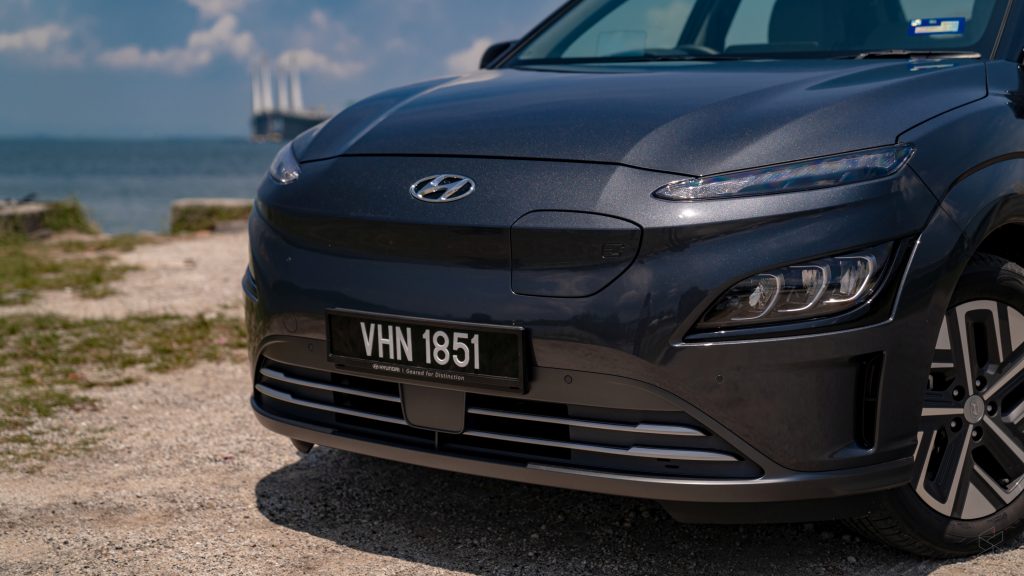
But the important thing here is that you get a a much bigger 64kWh battery. With this, your claimed range goes up to 484km instead of the 305km you get with the 39.2kWh battery. With nearly 500km of range, if the question you wanted answered was whether you could daily drive this EV in the Klang Valley, that answer is yes. For my usage, I would only need to charge about once a week, and if you have a wall box installed at home, that makes it even easier to live with.
Which is why I’m not just going to be reviewing this car in town or around Selangor. We’re actually going on a proper road trip all the way up to Penang. The journey will be about 800km to and fro. We’re going to be hitting a mixture of b roads and highways, and really find out just how it’s like to take a full electric car like the Kona EV on a road trip.
I don’t know what to expect. Car is almost fully charged. 354km of range, but we’re going to find out just how intense it gets. The first leg of the journey would be from our office in KL to the capital of Perak, Ipoh. It’s about 200km away and we would be on the motorway for the entire leg.
And it’s on the long smooth stretches of high-speed highway driving where I think the Kona EV really excels.
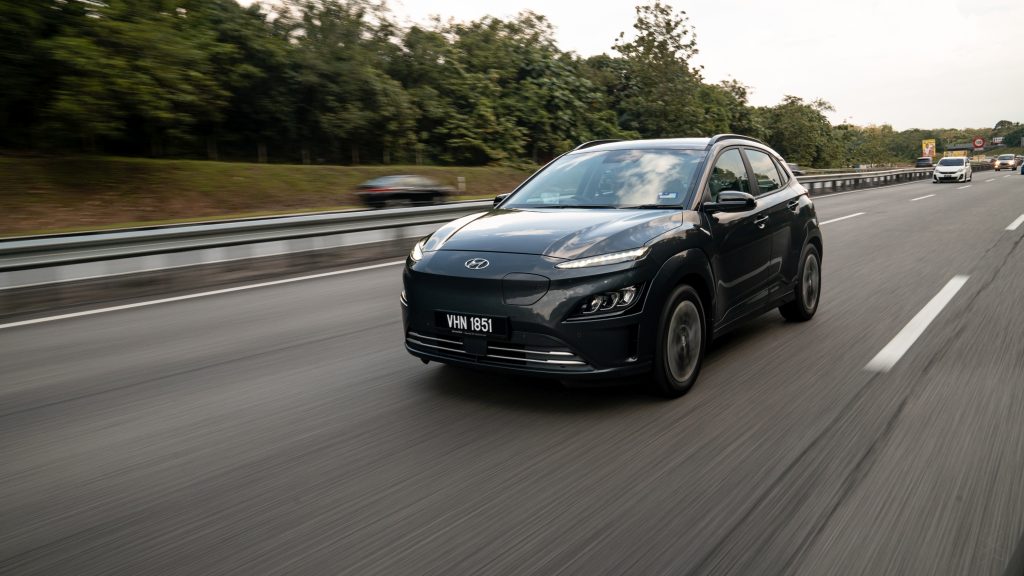
It’s kinda hard to describe how an electric car drives to someone who has never driven one before. But my first thought after driving it for the first time was that it reminded me a lot of what people tell me CVT gearboxes are supposed to feel like. But, unlike a CVT gearbox, this doesn’t suck to drive. Here, you are always in the power band and the right gear. Just put your foot down when you want power, and the car will take care of the rest. And by that I mean it will hurl you back into your seat—sometimes so fast that you get a little screech from the front wheels.
The Kona EV also comes with a whole host of active safety features as part of the Hyundai SmartSense package. This includes stuff like lane keep assist, rear cross traffic alerts, lead vehicle departure and forward collision avoidance among others. What this entails is a lot of beeps and boops when you’re on the road with everything turned on.
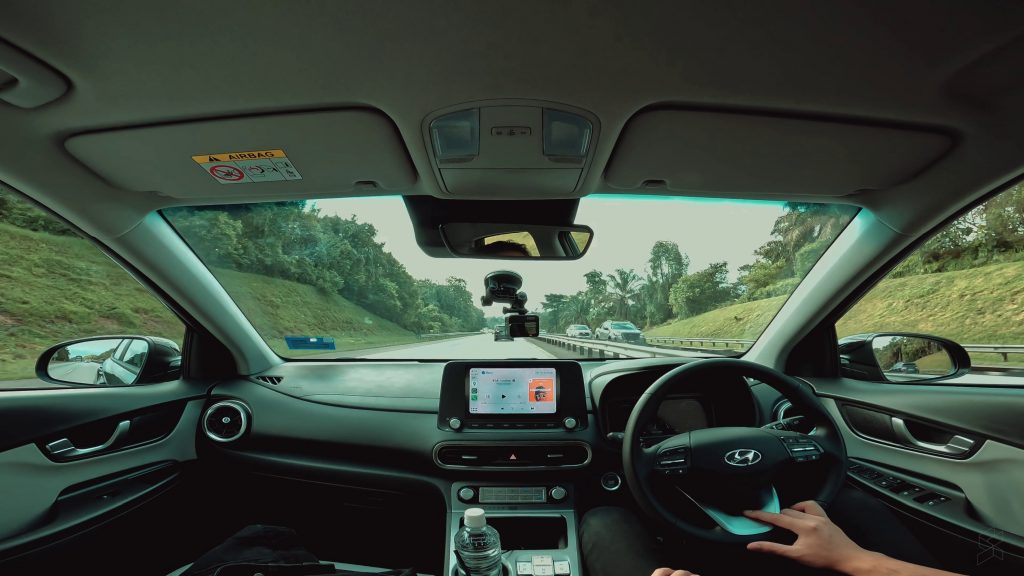
But if you set it up properly with the radar guided cruise control to maintain a comfortable following distance, it’s actually really effortless to drive long distances. I just need to keep my hand on the wheel so the police don’t saman and the car will do these small corrections to make sure I’m in the middle of the lane.
There are two main things I don’t like about being in this car on the highway though. For starters, the interior doesn’t make you feel like you’re in a RM200,000 car from the future. There are a little too many boring grey and cheap-feeling plasticky bits in here that feel like they belong in a Myvi.
The infotainment screen, for example, looks like a tragedy from the 1990s. It’s not particularly big or particularly crisp. And when you contrast that with the much nicer digital cluster, the disparity is palpable.
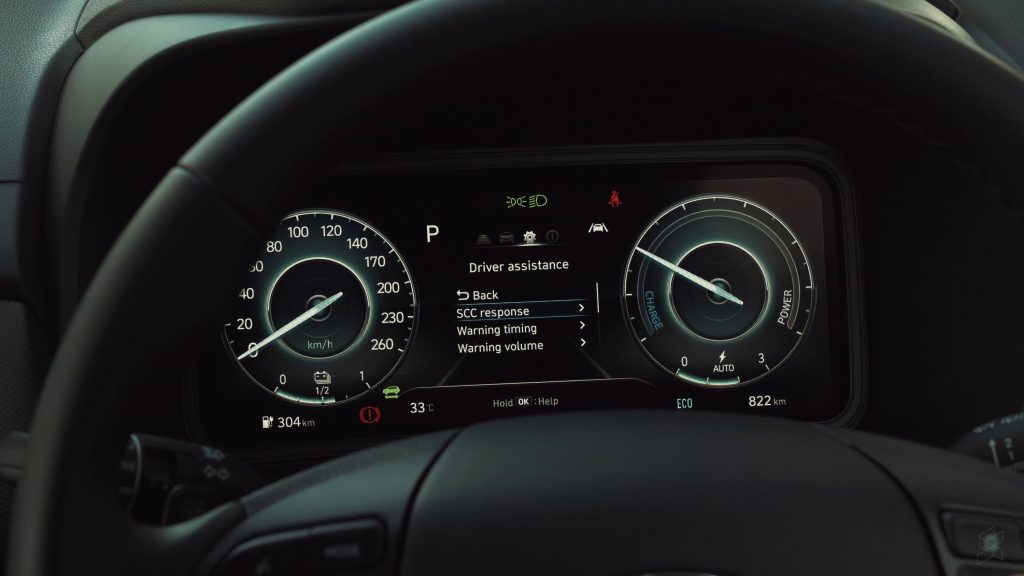
However, that’s not to say that the interior doesn’t work. Everything feels like it was designed by a very practical human being. So, while the trim doesn’t make you feel like you want to be in here, it’s hard to argue against it when almost everything works so well. The screen, although looking like a cheap third party add-on someone would put in their Vios 10 years ago, supports wireless Apple CarPlay and Android Auto. And there are also nice tactile buttons everywhere which makes it super easy to adjust things even when you’re on the move.
Although I wasn’t a huge fan of replacing the gear stick with a set of buttons, I think that’s more of a holdover from previous cars because it was intuitive enough that I didn’t have to give it a second thought after a while. There is even a heads up display that you can deploy by pressing a button on the dash. Initially I was super impressed because it made me feel like a fighter pilot, but I have since been informed that this is actually very low-tech because the good ones just project the HUD directly onto the windshield.
I do wish that there were more cupholders though. No actually I wish there was a better bottle holder. Because if I put my bottle in it its just going to flop around and that makes a lot of noise so no, I don’t like. So yes, almost everything in here is very practical and well thought out…except the charging dock. It’s located in this hidden compartment in the centre console right next to a USB Type A port for those of you without wireless charging on your phone.
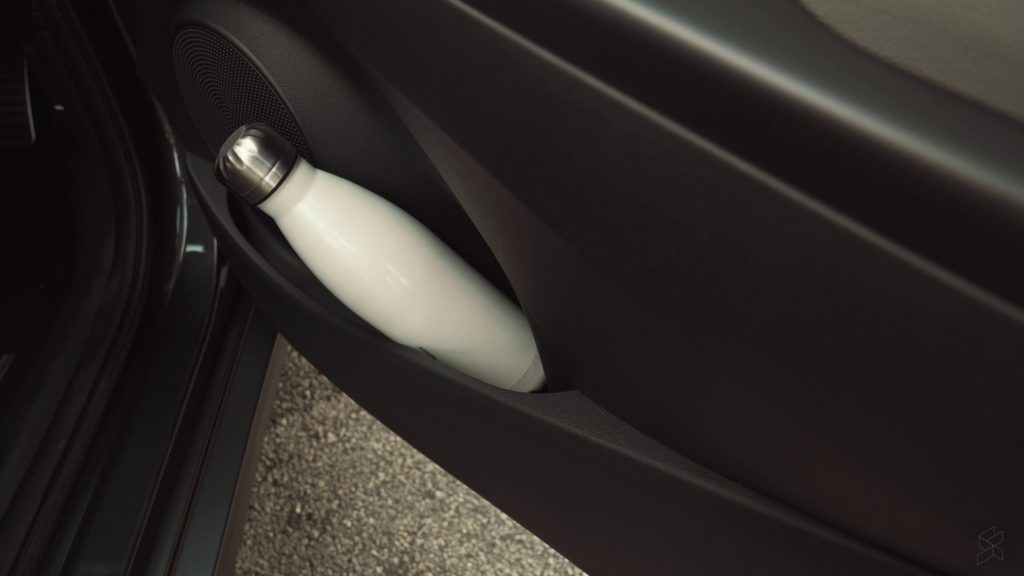
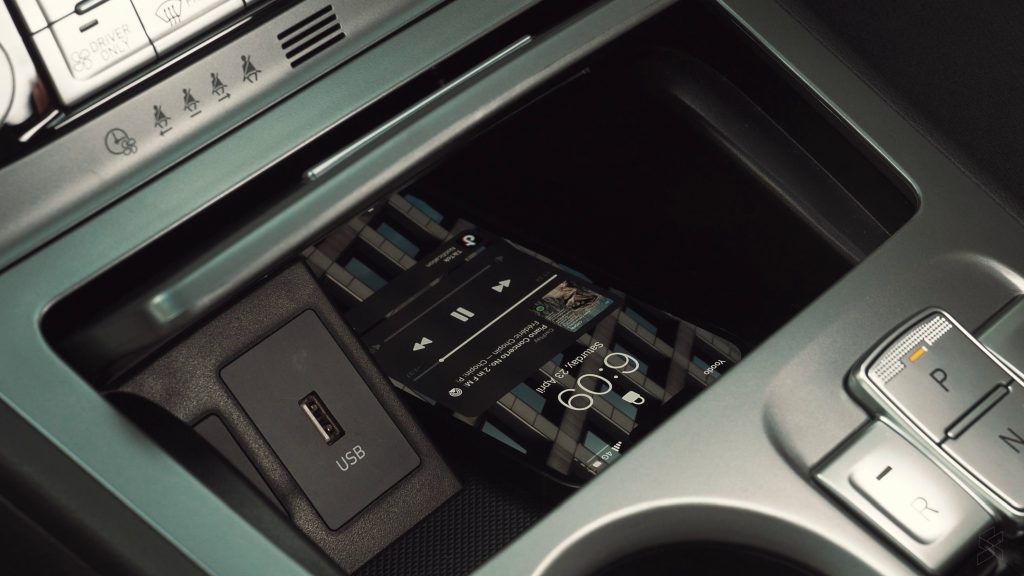
At first, I thought this was pretty great because you can just wirelessly connect to CarPlay or Android Auto, leave it on the charger, then shut the compartment so you won’t be distracted during your drive. But there are two major issues with that. First, the wireless charging pad was incredibly finicky with my iPhone 13. It’s not as simple as just putting it on the pad and charging, there’s a specific spot you have to leave your phone in. And even then it’s not guaranteed—I’ve had to restart the whole car before it would start working with my device.
But the second issue is the one that takes the cake. Because it’s in a small unairconditioned box in the car, the compartment gets very hot when it’s wirelessly charging, and during this trip it actually overheated my phone and forced it to shut down. Maybe this is because this car was meant for a cooler climate than ours, but for Malaysia, it absolutely does not work. There needs to be some cooling in here for this to be practical long term.
Soon, we pulled into Ipoh and got to experience a little bit of what this car would be like in city traffic. It’s great—the torque is useful for quickly changing lanes, there’s low-speed follow via the cruise control and also it’s not a particularly big car so it doesn’t feel unwieldy in slow-moving city traffic. We had just under 160km of range left, so we pulled into a charging station, hooked it up and left for dinner. After that, we checked into our Airbnb in preparation for the second leg the next day.
The next day
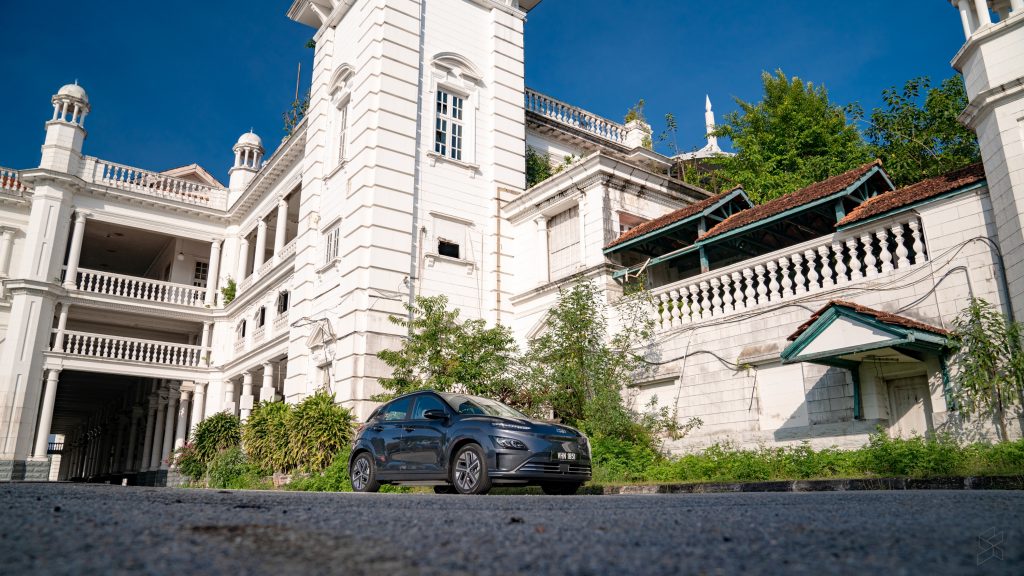
While I thought the Kona Electric performed really well on the highway and in the busy Ipoh traffic, today’s journey was the one I was most excited for because we were planning to hit a couple of twisty B roads on our journey to Penang. Before we leave though, I have to point something out: the Kona electric isn’t exactly the most spacious vehicle. The boot, for starters, doesn’t fit a whole lot of luggage. If you really squeeze, you could probably fit enough luggage for four people, but the shallow boot floor doesn’t do the car many favours.
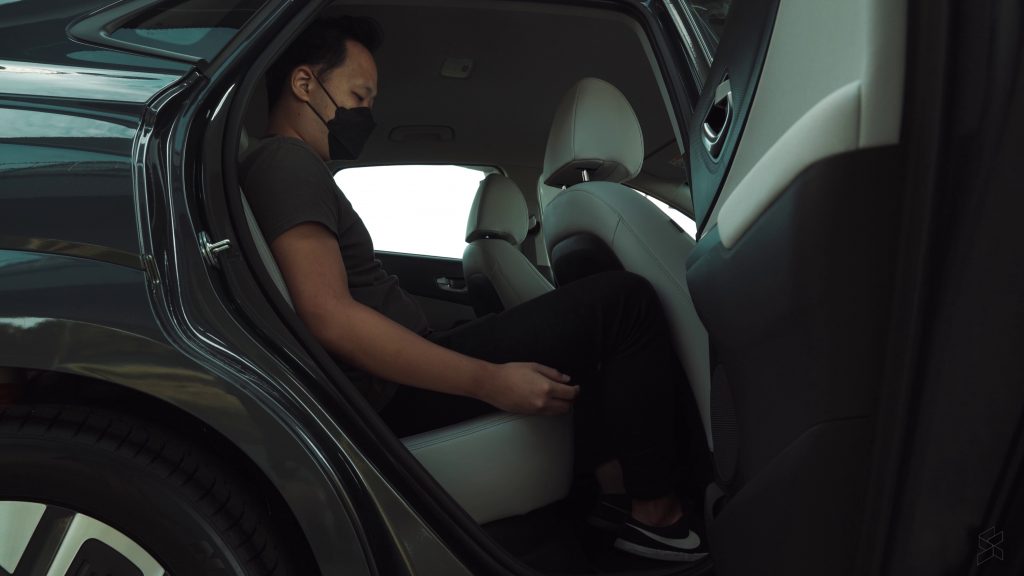
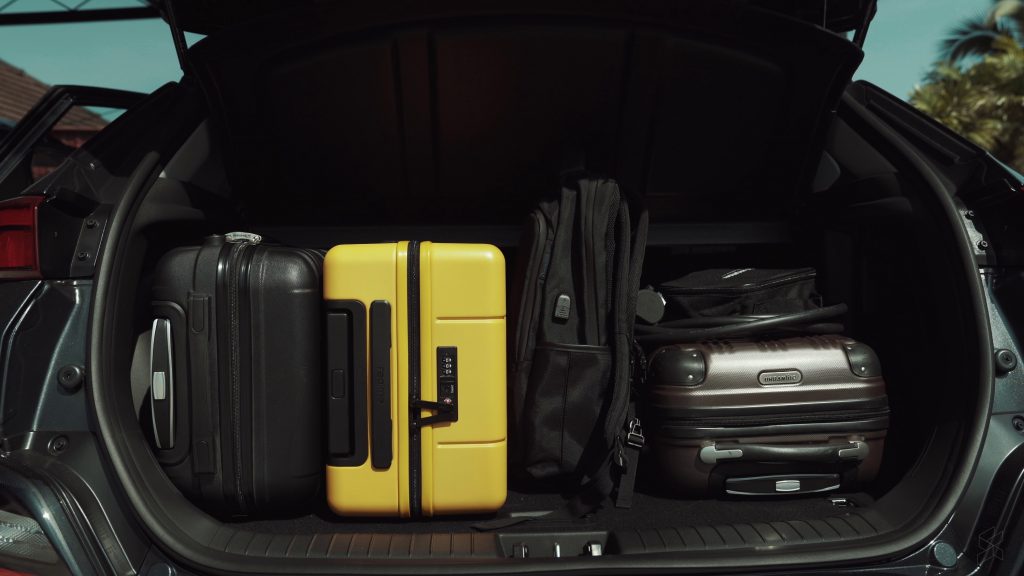
On top of that, the rear legroom is quite atrocious. Not only is there not much of it back here, but the floor is also very high which means you can’t even tuck your feet under the front seats. Nevertheless, as the driver, I was incredibly excited to see how all the incredible sports-car-like acceleration would perform on a more windy path.
I’ll be honest. The Kona, despite having all that acceleration and torque, I don’t think it’s that great in the corners. Now that we’re on the B roads, and the roads are getting abit twisty, I have to say that it’s not my favourite. The car feels…heavy, and that in general isn’t great for the twisty back roads. While a sportier car might feel planted, the Kona feels like it’s always on the edge, and that’s not a feeling that inspires confidence.
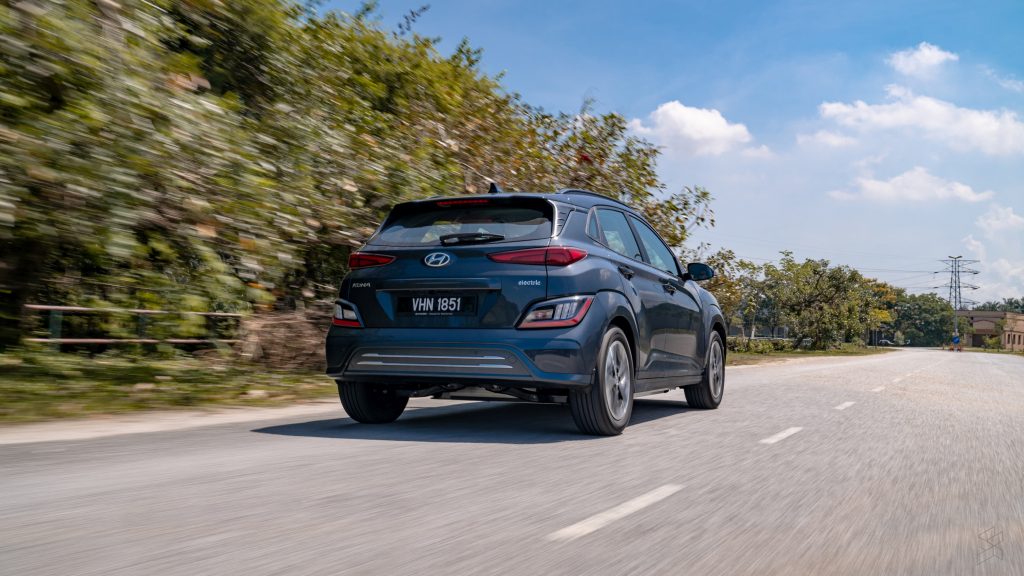
And yes, it accelerates like a bat out of hell when you put your foot down, but there isn’t a lot of feel from where you’re sitting. I’m never quite sure what the brakes are going to do nor am I particularly certain the car will go around a bend the way I want it to.
It is very comfortable though. These are not perfect road conditions at all but it’s handling it quite well so that nothing really sends a shock up your spine. If you really want to push it, you either gotta have a lot of skill or a lot of courage. and I have neither. Maybe I’ve been spoiled by all the Volkswagens I’ve been reviewing with their four wheel drive systems. There’s nothing inherently wrong with a grocery-getter being bad in the twisties. It just would have been a nice bonus for those of us who like a spirited weekend drive.
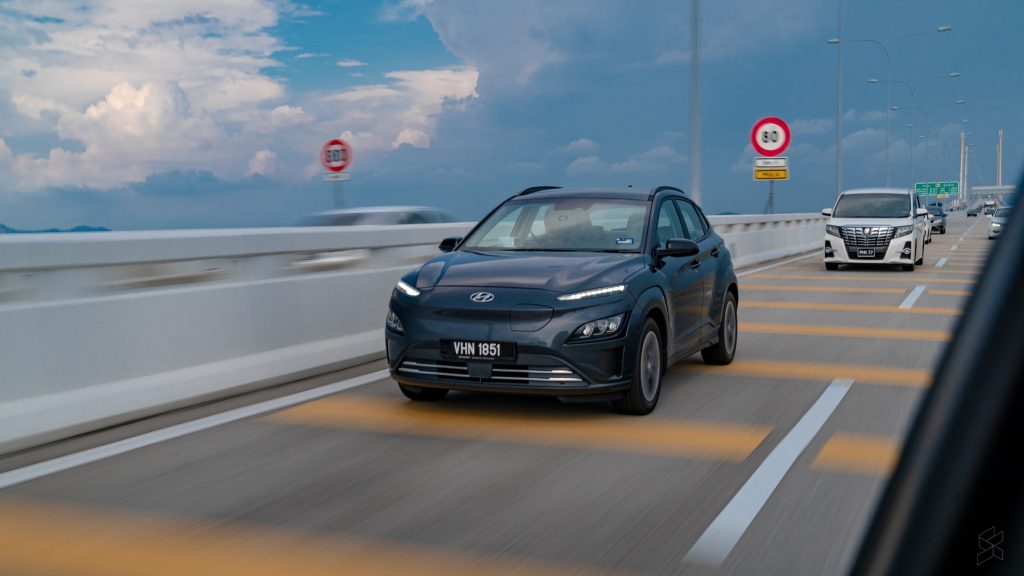
As the sun drew closer to the horizon, we pulled into Penang island. At this point, we had about 150km of range and everything was looking fantastic. In the two days I spent on the road with the Kona electric, I honestly grew quite fond of it. I think it has all the features, tech and comforts you’d want in a car like this.
Yes, it doesn’t corner like a performance car, nor does it have a tonne of space in the back. But I don’t think driving enthusiasts or people with large families will be looking at an all electric compact crossover SUV like the Kona Electric. My biggest complaint would be that I wish it was just a little more different than a regular compact crossover SUV. I wish that it was a little more like the Ioniq 5 with its adjustable centre console and frunk for extra storage. But I guess that would have affected the price, and I don’t know how I’d feel about that for a car like this.
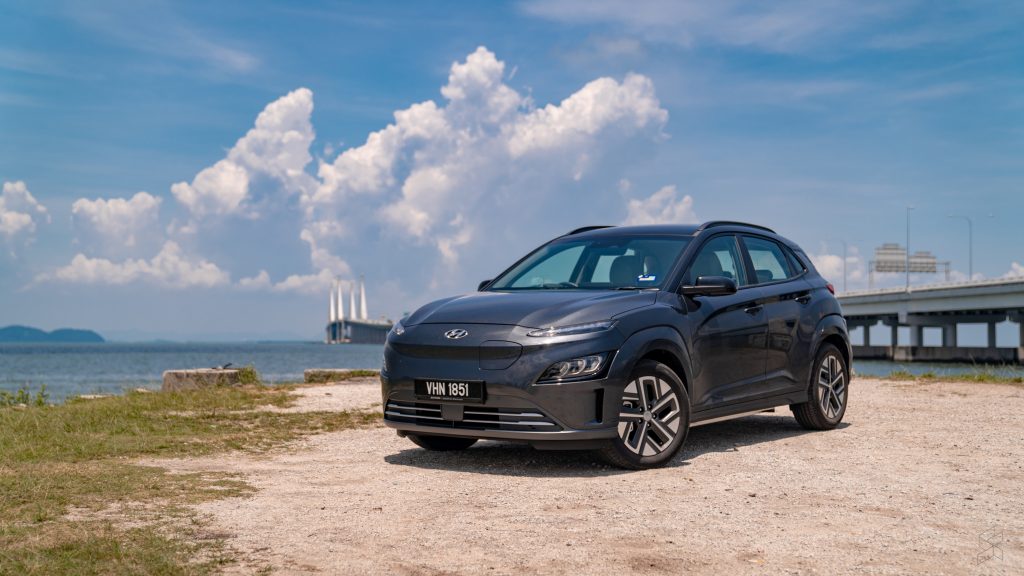
And if we’re talking about electrification in general, I’m kinda sold on the idea. I came into this review a skeptic. I was convinced that EVs were only for people who didn’t like cars. But now, having driven one, even a quote unquote boring one, I don’t know if I’m fully against the idea anymore.
Battery technology in these cars have gotten so good that I don’t think range is that much of an issue anymore. Even on roadtrips, if you can schedule stops at major towns, I think you’d make it just fine—and this should only get better over time. And then there’s that damn acceleration—it’s so addictive.
Though, if EVs like the Ioniq 5 are any indication, I think the most promising part about electric vehicles is that people are only just scratching the surface with what’s possible if your car is powered by electricity. And I’m definitely looking forward to what comes next.

